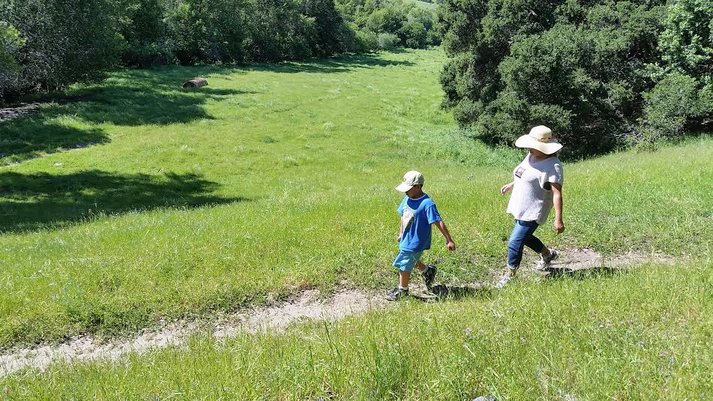SACRAMENTO, Calif. — Low-income families of color in California, especially those with children, are twice as likely as their white counterparts to live in areas without easy access to parks and other natural areas, according to a new report.
Researchers looked at how much land has been lost to development, particularly near urban areas, and found the so-called “Nature Gap” is even worse on the national level. Report co-author Shanna Edberg, director of conservation programs at the Hispanic Access Foundation, said this partly explains why people of color have higher rates of heart disease, diabetes and cancer.
“They don’t have opportunities to recreate outside, and they don’t have the pollution-absorbing abilities of these natural features and they don’t have the stress control, the mental-health benefits,” Edberg said.
The report suggests setting a goal to protect 30% of the country’s land and waters by 2030. The authors also recommend hiring more people of color in the park service, better funding school outdoor-education programs, and coordinating more effectively with Native American tribes.
One bright spot is the passage of the Great American Outdoors Act, signed into law last week, which permanently reauthorizes the Land and Water Conservation Fund – the program that funds public parks across the country.
Another of the report’s authors, Jenny Rowland-Shea, senior policy analyst for public lands at the Center for American Progress, said the key is to make sure the benefits are evenly distributed.
“One piece of LWCF which is specifically meant for parks and recreational opportunities in low-income and urban areas will be particularly important,” Rowland-Shea said.
The report calls for nature to be prioritized, because data show every 30 seconds in the U.S., a piece of land the size of a football field is plowed under for homes, freeways, energy development, agriculture or logging.






